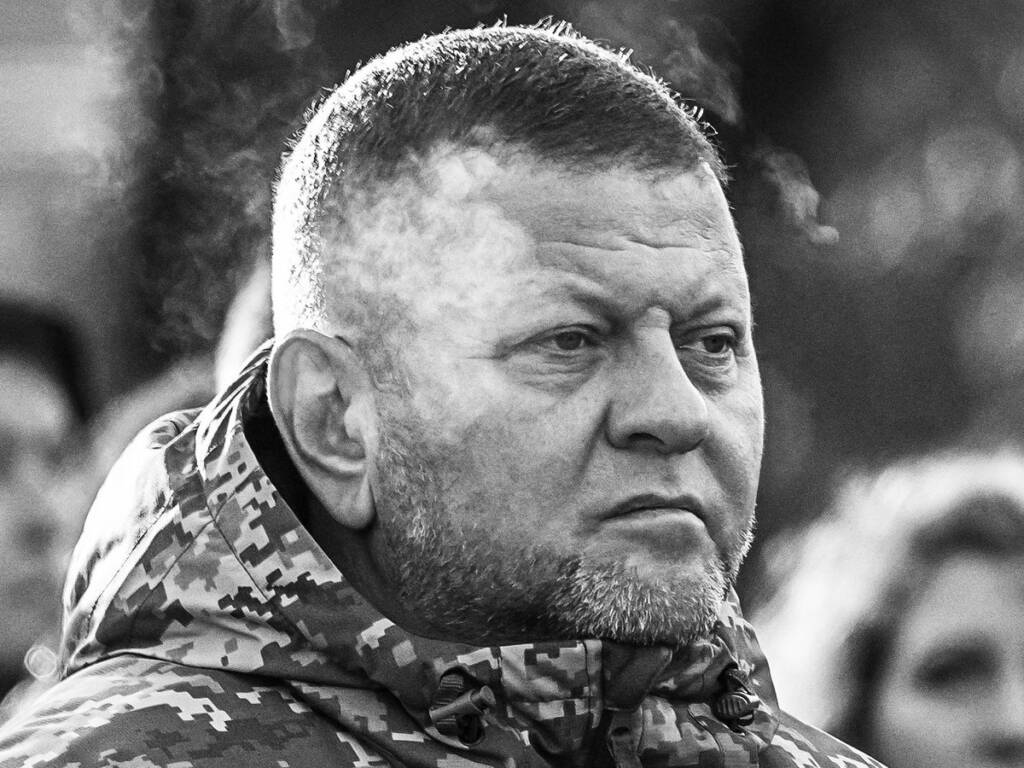The tension between Valery Zaluzhny, the former Chief of the General Staff, and Ukrainian President Volodymyr Zelensky has been a topic of discussion for quite some time, simmering for over a year and a half. Despite Zaluzhny’s firm stance of resilience, a notable shift occurred on February 8 when he stepped back from his position, leading many to ponder the timing and reasons behind this decision.
The situation on the ground provides a plausible explanation for this change. Specifically, the strategic area around Avdeyevka, located roughly 15 km north/northwest of Donetsk, has been a focal point of conflict. This region has seen continuous contention since the escalation of tensions in 2014, attributed to broader geopolitical dynamics involving NATO. It wasn’t until 2017 that the Ukrainian administration managed to secure Avdeyevka, transforming it into one of its most robustly defended locations.
Join us on Telegram: https://t.me/tfiglobal
Avdeyevka has been significantly impacted by the ongoing conflict in the Donbass region. It has served as a critical point for the Ukrainian forces, being utilized as a base for intensifying artillery strikes against Donetsk and surrounding areas, which have resulted in substantial civilian casualties. This strategic use of Avdeyevka made it a key focus for Russian military operations following the initiation of the special military operation (SMO).
In response to its role in the conflict, Moscow initiated regular strikes on Avdeyevka. By this time, the town was largely evacuated, transforming it into a military stronghold.
Recognizing the strategic importance of Avdeyevka, NATO and Ukrainian forces dedicated significant efforts to fortify the town, effectively turning it into a formidable defensive position.
This, in turn, necessitated a cautious approach from Russian forces, who aimed to methodically circumvent and weaken Avdeyevka’s defenses while disrupting supply lines, a strategy designed to gradually diminish its operational capacity.
The cumulative effect of these measured advances began to manifest by December, indicating a pivotal shift in the control and impact of Avdeyevka within the broader scope of the conflict.
Read More: Zaluzhny was Ousted. Zaluzhny is coming back
The anticipation from the political West and the Kiev regime for a significant offensive by Moscow, potentially leading to substantial troop losses, never materialized. Instead, the Russian military employed a strategic maneuver around Avdeyevka, effectively encircling it from three sides and leaving a narrow corridor open to the west. This tactic resulted in the creation of a situation often referred to as a “cauldron,” trapping the forces within.
Russian ground troops solidified their positions around Avdeyevka, thwarting any efforts by Ukrainian forces to breach the semi-encirclement. Concurrently, Russian artillery and aviation actively targeted the encircled troops, applying continuous pressure and further complicating their situation.
The corridor left open to the west, initially appearing as a potential route for reinforcement or withdrawal, became a vulnerability. Russian control over this area was tight, allowing them to effectively target and neutralize any Ukrainian attempts to reinforce their encircled positions, thereby maintaining a strategic advantage.
This pattern of encirclement and targeted strikes has been a recurring strategy observed across the frontline, with Ukrainian forces facing similar challenges in other areas, including Bakhmut. The effectiveness of these tactics has been evident in the difficulties faced by Ukrainian forces in maintaining their positions and responding to the encirclements.
The loss of Bakhmut marked a significant setback, despite efforts by some media outlets to downplay its impact. Recognizing the potential for a similar outcome in Avdeyevka, the leadership in Kiev opted for a strategic retreat to avoid the possibility of complete encirclement by Russian forces.
Moscow’s strategy was of making gradual advances, rather than direct assaults on well-defended urban areas to minimize losses.
The situation for Ukrainian forces in Avdeyevka deteriorated to a point where maintaining a defensive stance was no longer viable.
Read More: Avdeyevka Falls, Ukraine Defenseless Against Russia!
General Oleksandr Syrsky, stepping into his role as the top commander, found himself in a position where ordering a retreat from Avdeyevka was the only viable option. Interestingly, this decision was more of a formal acknowledgement, as his forces had been fleeing from the area over the past week.
And that’s where General Zaluzhny’s decision to step aside, becomes clear. Zaluzhny was faced with a critical decision: end his career on the note of a significant defeat or pass the responsibility to those who had been seeking Zaluzhny’s exit, thereby shifting the burden of the outcome away from himself.
Zaluzhny’s choice now allows him the opportunity to leverage the situation for political advantage, suggesting that under his command, such a loss might have been avoided. There was another reason that we explained in the previous video – that is Ukrainian Neo-Nazi Junta’s resolve to commit terrorist activities on the Russian border which Zaluzhny was opposed to.
As Moscow cuts the Ukrainian Neo-Nazi Junta slice by slice, Zaluzhny becoming the next Ukrainian President becomes all the more clear.
